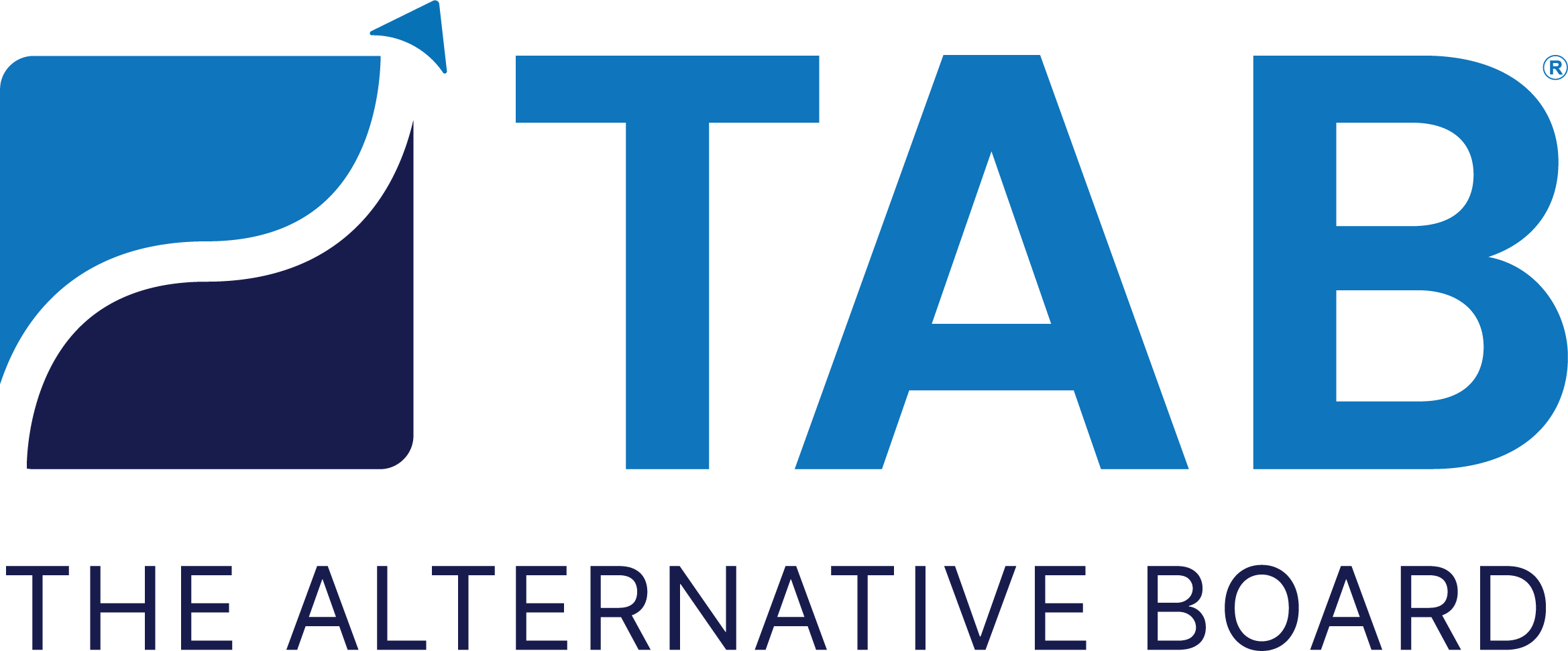What Can Predictive Analytics Do for Your Business?
Every business (yours included) generates a lot of data. Every customer interaction, sale, and follow-up report produces information of great potential use to the organization.
The key is harnessing all that data and using it to your company’s advantage. This process is often referred to as predictive analysis. According to the Harvard Business Review predictive analytics is “the use of data to predict future trends and events,” and leveraging “historical data to forecast potential scenarios that can help drive strategic decisions.”
In other words, the information your company generates today (and the proper analysis of this information) can dramatically influence what happens in the weeks and years to come.
The benefits of predictive analysis
Analyzing what’s known as “big data” can result in numerous benefits for any organization. These include:
Reduced costs
Greater operational efficiency
Improved customer retention
Opportunities for cross- and up-selling
Minimizing risk
Product research and development
More competitive pricing strategies
With customer service, for example, predictive analytics can lead to a deeper understanding of customer demographics, buying patterns, and ways to personalize products and services. This process can also uncover problems or other obstacles your customers may encounter during their buying journey.
At the same time, compiling and interpreting data takes time, as does the information-gathering process itself. This can result in greater-than-anticipated costs and some interruption to normal business operations—but, in most cases, the ROI still makes the effort worthwhile.
Gather data from all available sources.
CEOs and business owners may not realize it, but their companies are accumulating valuable data every day. In many cases, there may already be enough information on hand to begin the predictive analytics process. Sources of data include closed sales, reports from email marketing and other campaigns, the company’s social media activity, website analytics, and information routinely appearing in the public realm.
As Business.com notes, “Your business probably has a ton of spreadsheets, databases and customer relationship management tools … packed with information.” The good news is, “it takes only a few moments of studying to learn how to use data to gain a competitive advantage.”
Put predictive analytics to work.
Numerous operational functions can be significantly enhanced using predictive analytics. For example, are there as-yet undetected chokepoints in your manufacturing process? With the right data, you can identify and avert these unwanted delays in business operations.
Also, data analysis offers potentially huge insights into customer actions and preferences. This information can be used “to improve your lead segmentation and scoring,” notes Graphite, which in turn enables your sales team to “qualify better leads and guide them easily through your funnel.”
How to get started.
Predictive analytics, like so many others in business, starts with setting goals.
Pinpoint uses for which predictive analytics may be employed, be it to find out more about your customer base (age, gender, etc.); how customers decide to make a purchase; what’s happening with respect to your business on social media; and/or getting a stronger sense of economic trends both within your organization and in the economy at large.
Next step: determine which metrics you want to focus on and look for key indicators that help guide future sales activities.
Create a strategic plan based on the information analyzed. The objective is to leverage the results of predictive analytics in order to make key decisions that affect the business in both the short- and long-term.
Educate your workforce on the use of quantified data and show them how this information can improve their work performance.
Fine-tune your data-collection efforts. Make sure you and your team are looking at the most relevant information and fix any gaps in how you gather this data, for future efforts.
In today’s marketplace, “where customer behavior is changing at a rapid pace, you can use predictive analytics to put out relevant products and services that keep your customers happy and satisfied,” notes Entrepreneur.
More detailed strategies and an enhanced decision-making process are valuable components of business success. Why not exploit the power of predictive analytics to achieve this goal?

